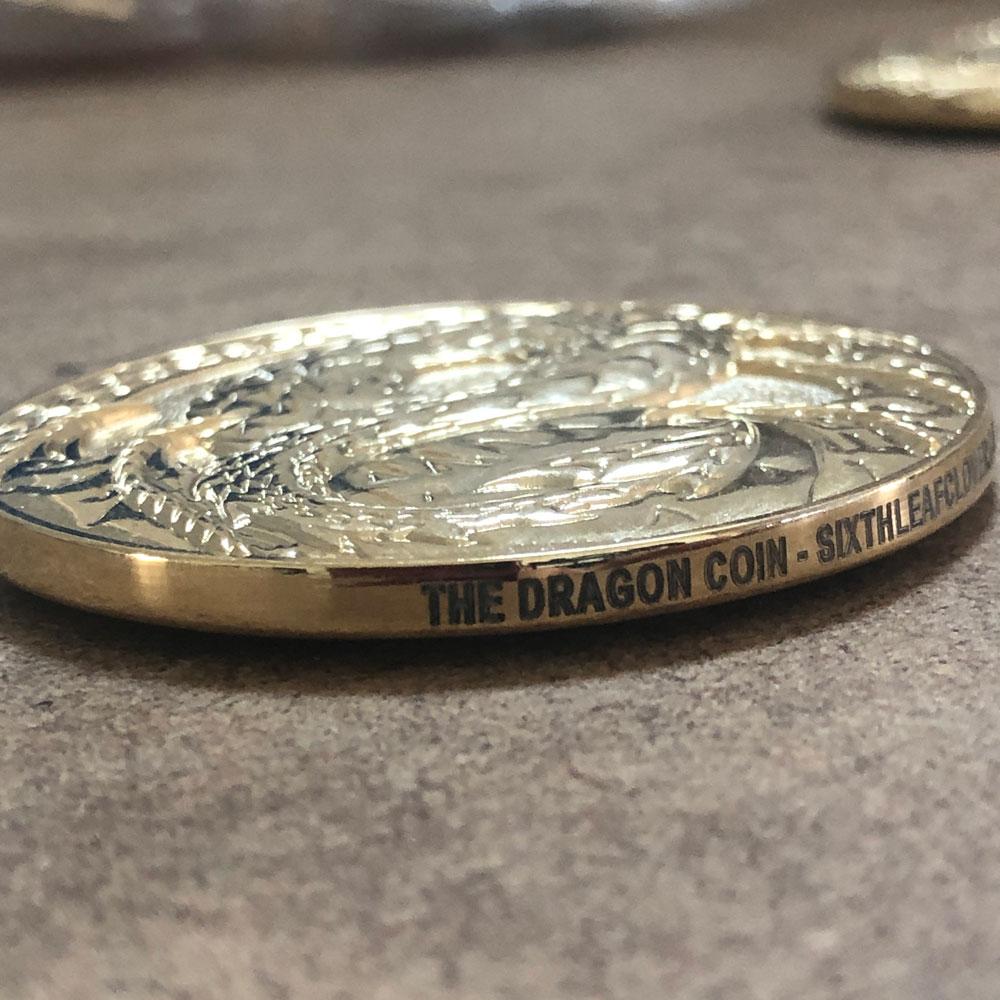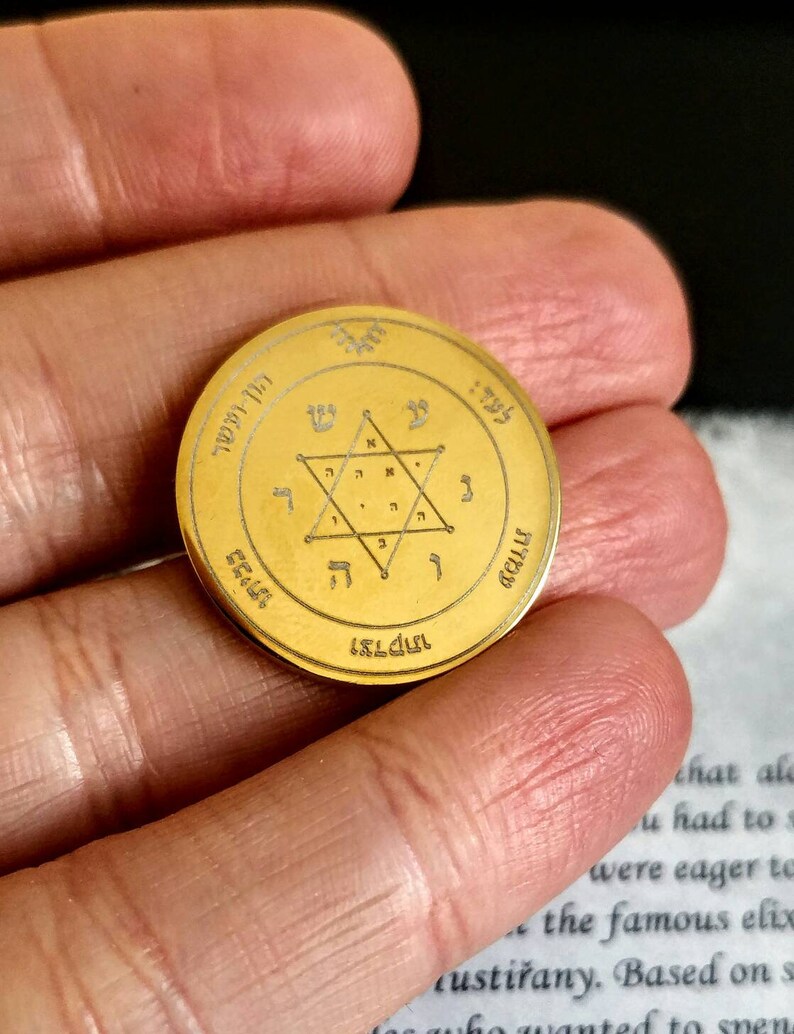

Nobody has to hold their money for them, and they don’t have to ask permission from any centralized entity to send that value to someone else. Anyone with an internet connection could send liquid value to anyone else in the world with an internet connection, without relying on commercial banks or central banks. The invention of Bitcoin changed this reliance on centralized intermediaries, because it brought the first credible type of self-custodial peer-to-peer money. For developed market journalists and academics and analysts to not realize this, is a form of privilege that many of them are unaware of. They are expensive and slow, though.īut for the majority of people in the world with restrictive monetary regimes and persistently high inflation (over half the world lives in an environment of authoritarianism and/or recurring double-digit inflation), the lack of alternatives has been restrictive. In one of various ways, I would tell my bank to send their bank money, and if it goes internationally, it would ultimately involve our countries’ central banks too.Īs an American, and for those types of destinations, going through centralized entities for long-distance payments has not been a big deal, because they don’t block my payments. If I wanted to send money to my friend in Chicago, or especially to my other friend in Tokyo, or buy something from a merchant in those cities, I needed to go through a big bank.

It’s hard to surveil or prevent that type of transaction.īut for years, people relied on large centralized intermediaries (commercial banks and central banks) if they needed to send payments further distances. I hand you physical cash, and you hand me the goods. Local payments have historically been a private and physical process. Further, it has been and could continue to be a catalyst for change in the fields of finance and money.Īt its core, Nakamoto was trying to create a private form of money with no central intermediary, such as a central bank or commercial banks. In that work, I came to believe that, though there was a lot of hype masquerading as reality in the crypto field, Nakamoto’s innovation is real. This included courses on crypto finance, blockchain technology, and money. Riding the Coattails of Bitcoinīefore starting at the SEC, I had the honor of researching, writing, and teaching about the intersection of finance and technology at the Massachusetts Institute of Technology. This article is a post-mortem analysis of the multi-billion dollar failure of Terra, which is a cryptocurrency network based around an algorithmic stablecoin. While there are real innovations in the space, such as bitcoin, fiat-collateralized stablecoins, and a number of experimental technologies, there is also a huge amount of speculation, pump-and-dump schemes, technological claims that obfuscate the trade-offs and risks they are taking, and so forth. Large swaths of the cryptocurrency market are basically the modern version of alchemy. Even someone as famously smart as Isaac Newton spent quite a bit of time studying alchemy.

On the other hand, there are attempts at things like alchemy and perpetual motion machines– approaches that misunderstand science. In other words, if you were to show a caveman a smartphone, he’d think of it as magic.

They organize matter, information, and human activity better than prior innovations. They create something from nothing only in the sense that they make resources go a lot further than they used to, and make it easier to access more resources. On one hand, there are real scientific innovations- new developments that allow us to tap into denser energy sources and increase productivity to improve most peoples’ quality of life. Throughout history, people have attempted to create something from nothing.


 0 kommentar(er)
0 kommentar(er)
